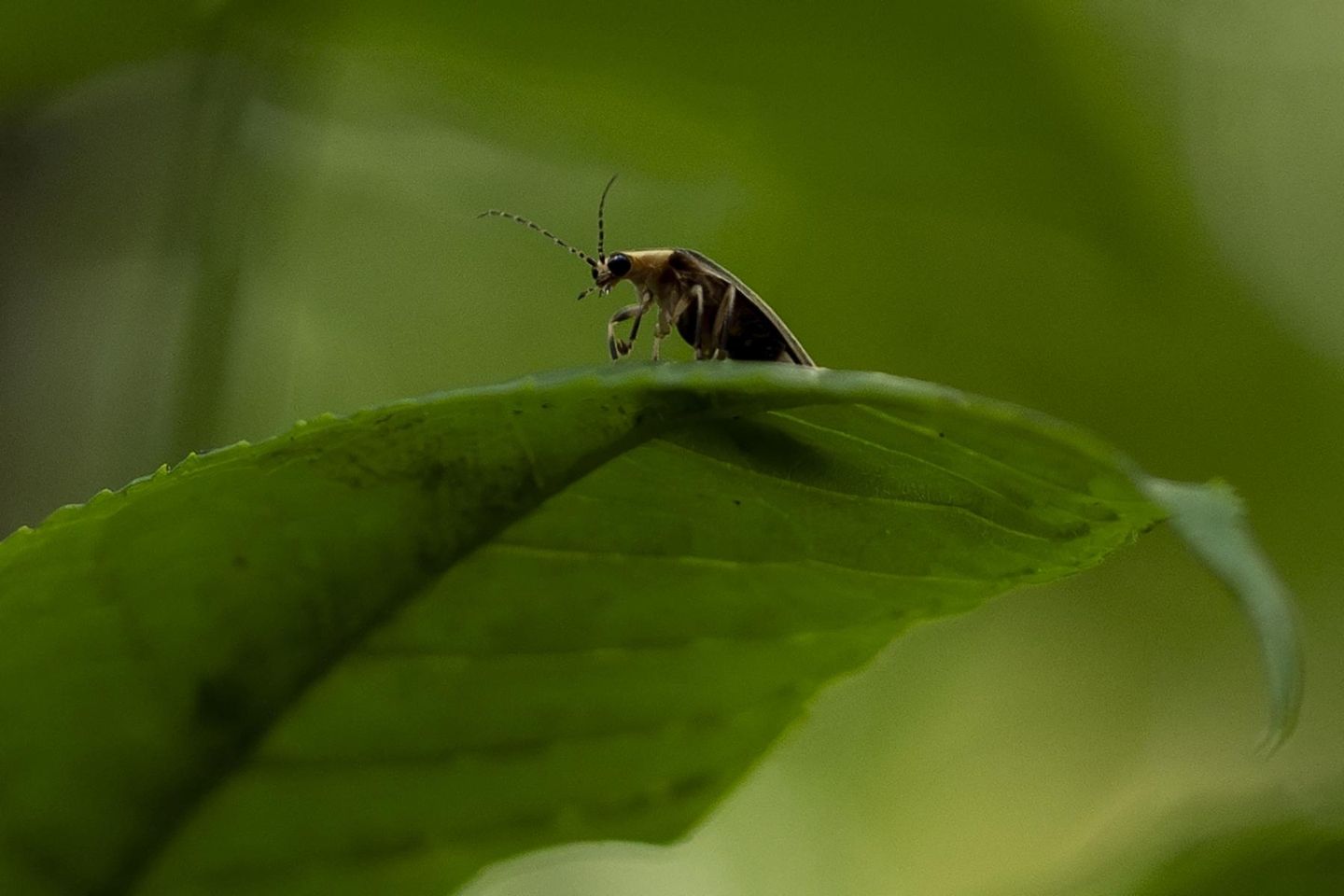
A familiar, sporadic glow is dotting the night sky around the nation’s capital as fireflies return in force for the summer months.
Experts said the lightning bugs filling the D.C. area — from Rock Creek Park to the suburbs of Virginia and Maryland — are the result of a favorable climate in the months leading up to the warm season.
Now, with the region drenched in its reliably high humidity, fireflies have the ideal dance floor for their evening routine. Researchers are taking notice.
“When I moved to my home in suburban Columbia, Maryland, in 1986, and I compare the fireflies in 1986 to the ones I see this year in 2025, there are certainly, if not the same number, there are simply more,” said Michael J. Raupp, professor emeritus of Entomology at the University of Maryland who also runs the “Bug Guy” blog. “We’ve had a very, very good firefly year this year, and it’s probably related to the weather phenomenon.”
Mr. Raupp, who acknowledged he was speaking anecdotally, said the current summer surge in lightning bugs was made possible by a forgiving winter.
Despite a deep chill gripping the region in January, he said plenty of moisture prevented the soil from drying out. That was followed by a wet spring, crucial for hungry firefly larvae.
Mr. Raupp said consistent rain kept the earth healthy enough for snails, slugs and earthworms to thrive underground, and in turn they became good meals for the predatory larvae.
The frequent spark of the illuminated beetles is not confined to the D.C. area.
Lynn Faust, an adviser on firefly studies for New York, Pennsylvania, South Carolina and her native Tennessee, said weather patterns benefited lightning bug populations throughout the East.
“This has been a warm, wet spring. It’s a good year most places. More people are looking and noticing,” Ms. Faust said.
Eric Day, the manager of the Insect ID lab for Virginia Tech’s Entomology Department, said he sees hundreds of lightning bugs while passing by hayfields and streams near his home in Craig County.
The sights are more common in rural areas, thanks to their abundance of unmanicured meadows, he said. In the cities and denser suburbs, light pollution and cramped habitats can scare away the bugs that need darkness to attract mates.
Mr. Day added that pesticides and insecticides often used on urban vegetation further affect the food supply for the firefly larvae or harm the adult bugs.
The researcher did say that patches of green space within cities can still offer a good home for the insects, especially the big dipper firefly — the most common and adaptable species of the glowing beetle.
Mr. Day was less bullish on whether this year stood out for the number of lightning bugs.
The entomologist said no data supports a growth in population, and getting strong numbers would take years to develop.
Richard Joyce, an endangered species conservation biologist for the Xerces Society for Invertebrate Conservation, concurred separately and said people may be experiencing some “observation bias.”
Mr. Joyce mentioned that fireflies could be getting noticed more simply because people are spending more time outside this summer.
The biologist also cautioned against the doomsaying news articles that suggest this will be the final generation of people who get to witness the lightning bugs.
“Like many other insects, fireflies don’t live very long, and so their populations can really bounce up and down in a short period of time, and that doesn’t really have much of a bearing on the actual long-term population trend,” Mr. Joyce said.
Peak firefly season in the mid-Atlantic runs from late May until the middle of July, so all the researchers urged those interested in seeing them to make plans now.
Mr. Raupp said the best place to see the bugs near the D.C. area would be at Shenandoah National Park.
He said Skyline Drive, the park’s famous thoroughfare, will offer dazzling scenes of the bugs right as dusk sets in. For those who can’t venture too far from home, they can find a good firefly viewing in an open, sparsely maintained field near their neighborhood.
Mr. Day said the lightning bugs captivate people in a way few other insects do because their unique appearance sticks with you over the years.
“When you get to see them, it reminds you of maybe when you saw them once before, maybe as a kid, maybe on a previous trip or something like that,” he said. “It invokes memories of things we’ve done with them in the past. If you haven’t experienced fireflies yet, then it might be good to maybe make an effort to get out to a park or something in a rural location and see some fireflies and start those memories.”












